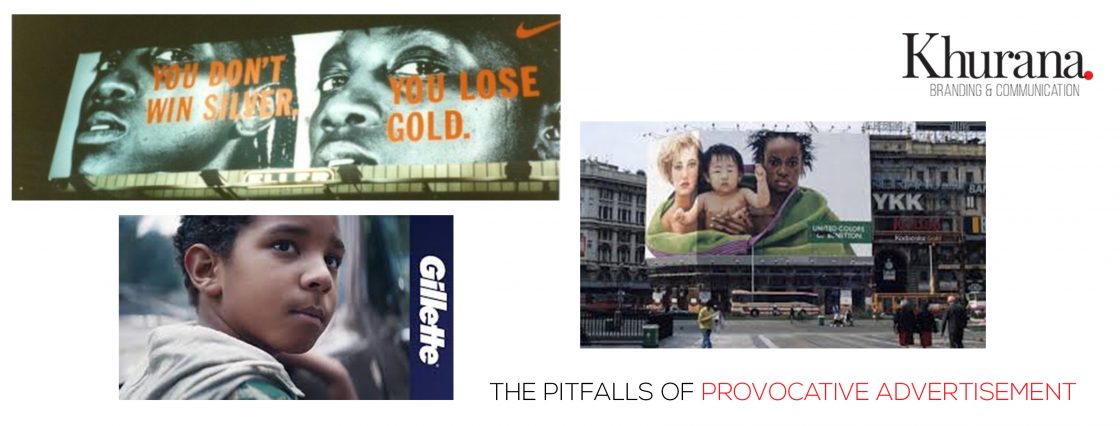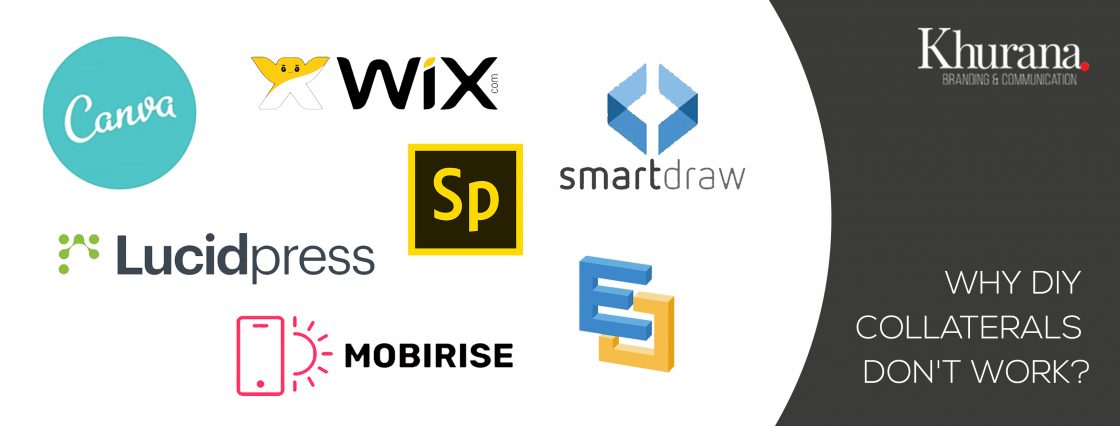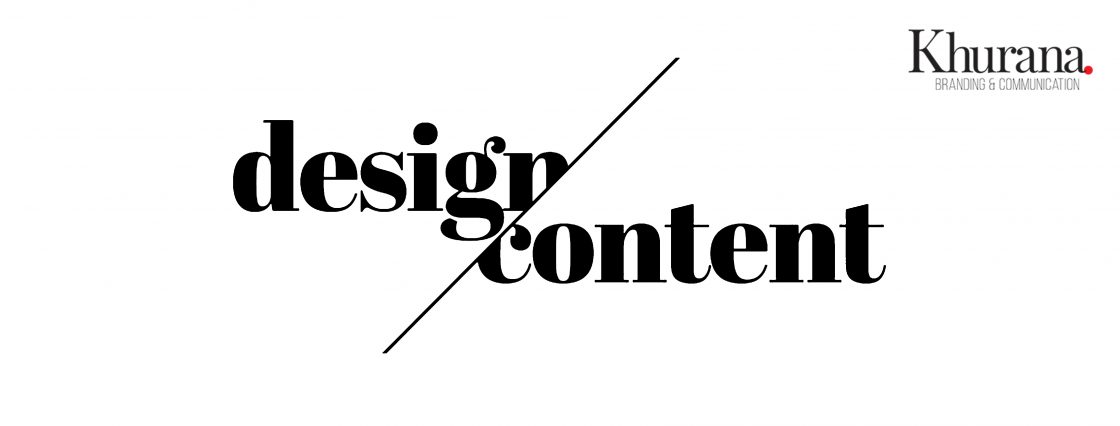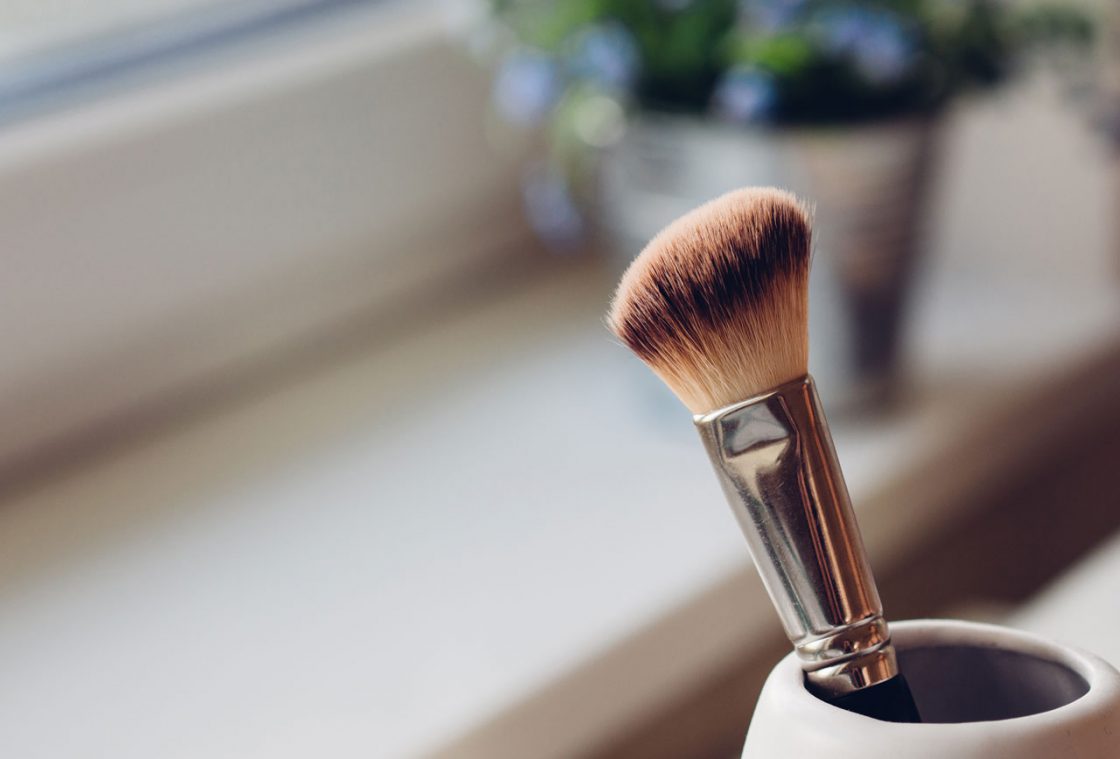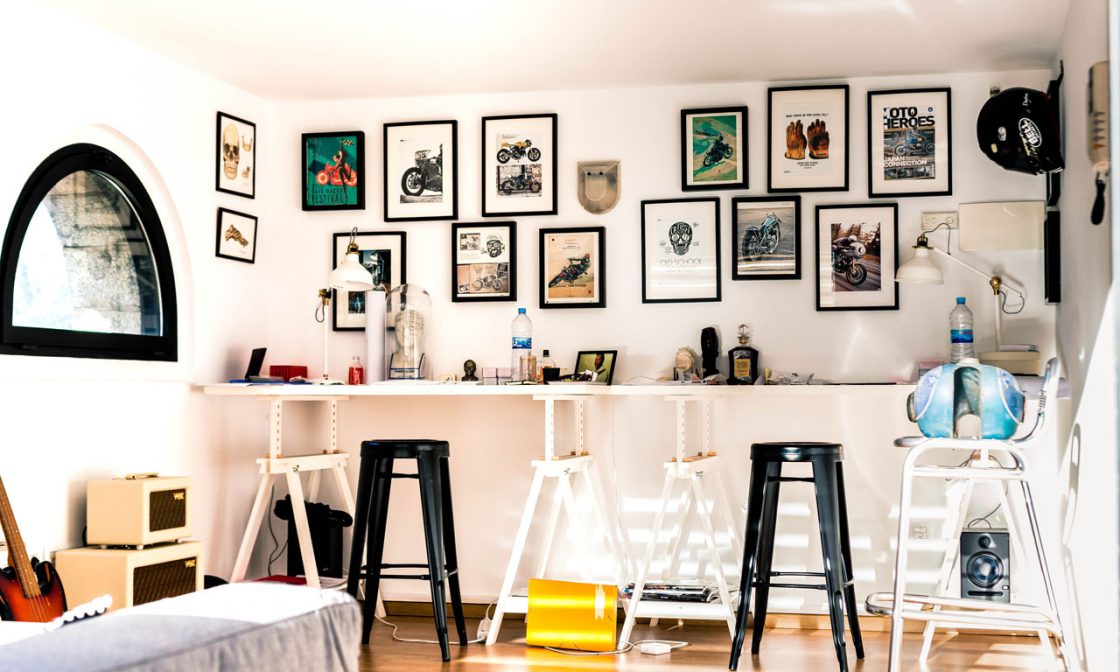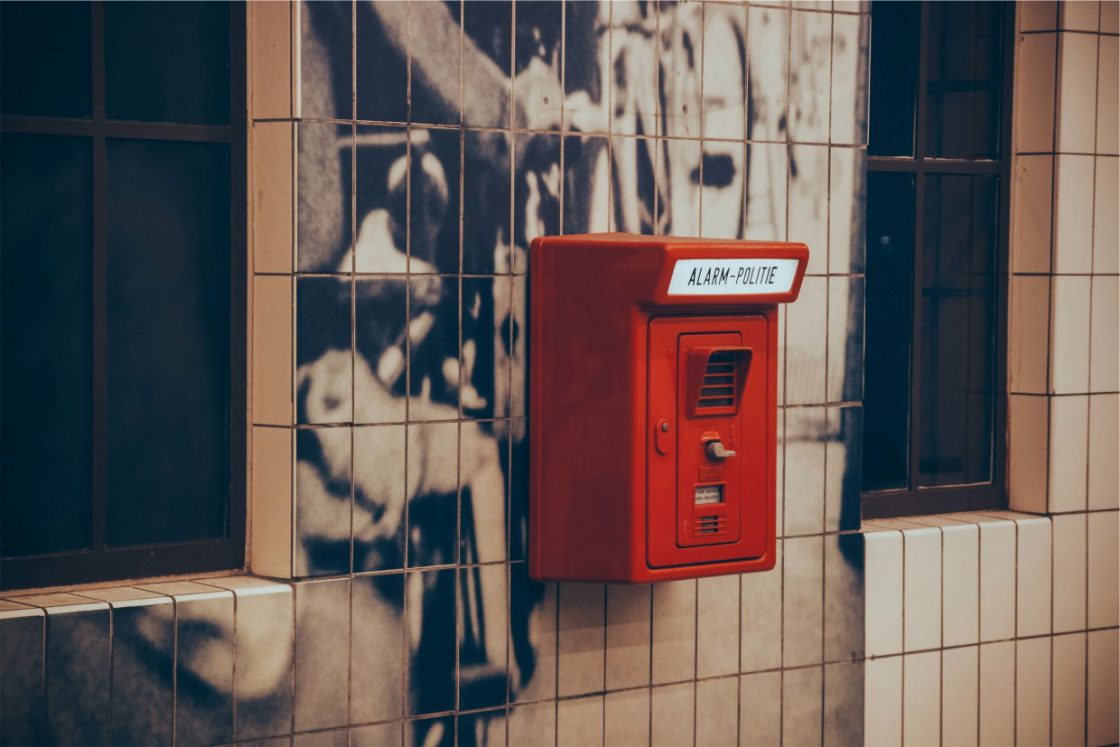Just before the 1996 Atlanta Olympics, #Nike released its ‘You don’t win Silver, you lose Gold” campaign. On the face of it, it communication, it comes across as a very straight communication, but when the full meaning sinks in, the problem begins.
There was an instant backlash against this campaign on the grounds that it went against the basic principles of sports and more importantly, Olympics. “Does it mean that anyone who does not win a gold medal is a loser?” was the question asked. #Nike had no choice but to withdraw the campaign.
Recently, in order to lend its support to the #MeToo movement, #Gillette released its ‘Is this the best men can get?’ campaign. This was a slight variation on the original Gillette punch-line ‘The best a man can get?’
Observers felt the ad portrayed men as the culprit, when the intended meaning was to set an example for the younger generation. The visuals failed to establish this aspect. Gillette wisely gave a quiet burial to the campaign, but the controversy kept simmering for a while.
In 2000, #Benetton that must have had the longest record in provocative advertisement rolled out its campaign against Death Penalty ‘Looking Death in the Face” it stirred a hornet’s nest. Thereafter, almost every #Benetton campaign has faced stiff opposition. The Death Penalty campaign had the victims’ families were up in arms but #Benetton held its ground.
All these incidents show that while provocative advertisement does grab you eyeballs, how you handle sentiments is equally important and thus is an area where brands need to tread cautiously. Following points need careful examination:
- Does you brand have a history: For a brand like #Benetton, controversy is nothing new. Almost every campaign has landed it in a soup. Infact, #Benetton has carefully cultivated this image. Are you sure, you want to take that route?
- Will it help the brand and sale: For a brand like #Gillette, while the intention was right, the execution was not. Post release, there was a sever backlash against the campaign with men refusing to buy Gillette, any more.
- What is the cause you are upholding: While winning gold is the ultimate dream of every athlete, winning silver does not make anyone smaller. Infact reaching the Olympics is in itself a big deal and the #Nike campaign missed that message thereby eventually forcing it to withdraw the campaign from the market.
While it is a fact that #ProvocativeAdvertisement is often an effective way of generating instant attention and interest, at Khurana Brand and Communication we suggest brands be careful about taking that route. It’s a beast that once let out of the cage, may be difficult to tame later.

